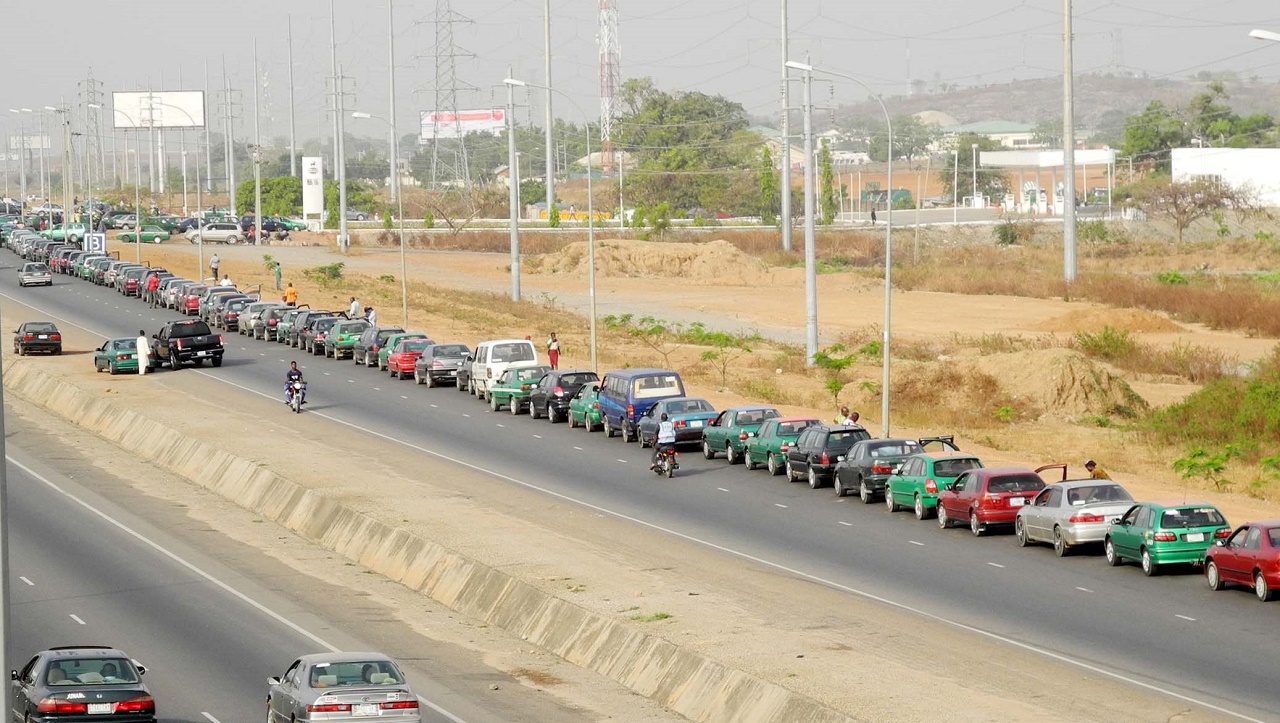By Bassey Udo
With Nigeria’s fuel subsidy regime almost becoming a ‘black hole’ and a drain on the country’s lean resources, a Robotic Engineering expert has offered to build an integrated fuel distribution and monitoring system to check the problem.
Nigeria, Africa’s leading oil and gas producer and the world’s sixth largest exporter of hydrocarbon does not know how much petroleum products it consumes daily due to the absence of a reliable fuel distribution and monitoring system.
Although estimates by the defunct Department of Petroleum Resources (DPR), which until its recent scrapping following the enactment of the Petroleum Industry Act (PIA), put the country’s daily national fuel consumption at an average of about 35 and 40 million litres.
However, the state-owned Nigerian National Petroleum Company Limited has been calculating its payment of subsidy on premium motor spirit (PMS), popularly called petrol, on a minimum of 60 million litres daily consumption figures.
The Senate President, Ahmed Lawan recently said the figure could be as high as 100 million litres per day.
Based on an average of about 60 million litres per day consumption level, the NNPC, in the wake of the recent adjustment to the June 2022 deadline for the removal of fuel subsidy by the Federal Government, submitted a bill of N3 trillion to the executive council of the Federation (FEC) for petrol subsidy payment in 2022.
The bill for fuel subsidy is about 17.52 percent of the total N17. 126 trillion approved appropriation for 2022, despite a huge deficit component of about N6.25 trillion.
Concerned about the high cost of not knowing the volume of petroleum products consumed daily in the country, the Robotic Engineering Professor, who is also the Founder/Chairman, FASMICRO Group,  Ndubuisi Ekekwe, has offered to build an integrated fuel distribution and monitoring system for the country.
Ndubuisi Ekekwe, has offered to build an integrated fuel distribution and monitoring system for the country.
The Johns Hopkins trained professor of Electrical and Computer Engineering, who describes himself as “inventor and entrepreneur” made the offer in an articles titled: “Nigeria, Let’s Help On Fuel Subsidy Monitoring With Technology” posted on his LinkedIn and Twitter Account handles.
Ekekwe who invented and patented a robotic system the U.S. government acquired assignee rights
“Now that Nigeria plans to amend the oil industry law to extend the petrol subsidies (sorry IMF), it is time to digitize this downstream sector. I offer to help Nigeria build a transparent, robust and real-time integrated petrol distribution and monitoring system.
“I will drop sensors in every fuel truck, fuel tank and depot, linking all via GSM to a database, and using GIS data, connect the elements. The end result: you have full visibility on volume, consumption, etc at any point in the nation.
“I will install LCD monitors for all LGAs chairmen, governors and Presidency to have real time data of petrol consumed, quantity in all jurisdictional fuel stations, quantity coming to their domains, depot capacity, etc.
“This project will be delivered within six months. We have the technologies via eonfleet, TradeGrid, FuelFacts and Zenvus. These are our portfolio companies and we will fix this problem for Nigeria. I expect savings of about 20-30% if we do this,” Ekekwe said.
LCD is liquid crystal display, a method of displaying readings continuously, as on digital watches, portable computers, and calculators, using a liquid crystal film, sealed between glass plates, that changes its optical properties when a voltage is applied.
Nigeria’s fuel subsidy regime is considered one of the most corrupt and fraudulent arrangements in the country’s oil and gas industry.
Most critics say the arrangements lack transparency and accountability, as it tends to provide for corrupt officials to import petroleum products at a high cost and divert same to neighbouring countries in the West African sub-region and beyond, while neglecting the country’s four refineries.
Conservative estimates by the Nigerian Extractive Industries Transparency Initiative (NEITI) puts the expenditure on fuel subsidy in the last six years at about N12 trillion.



